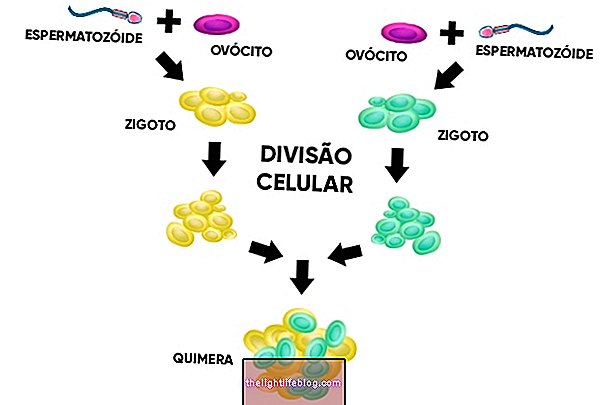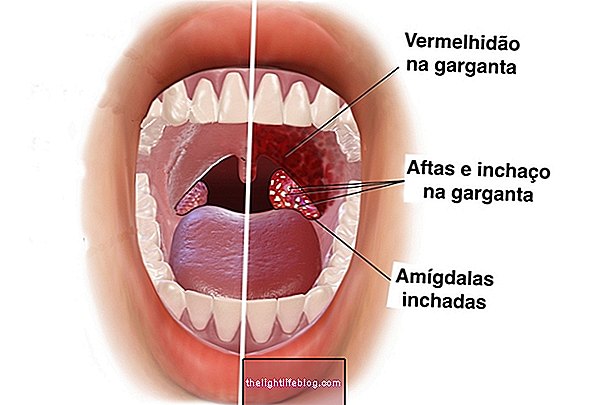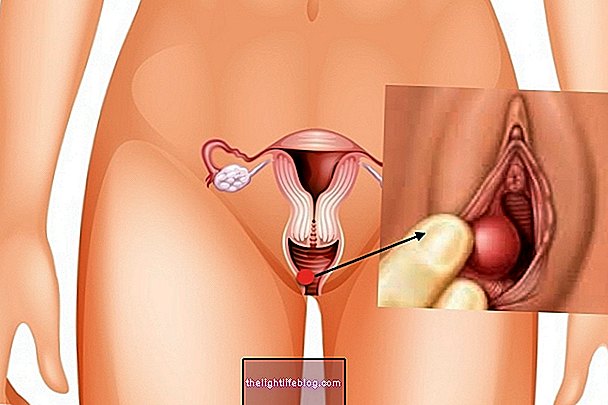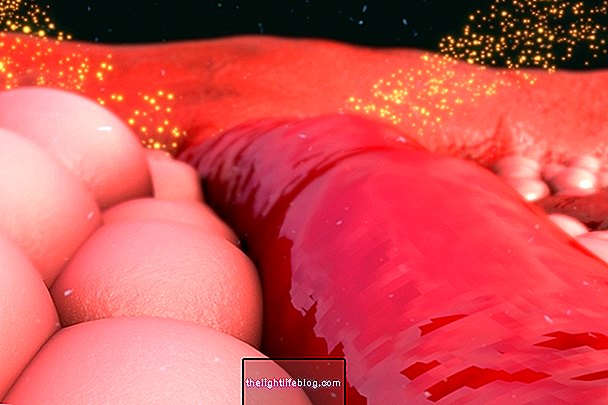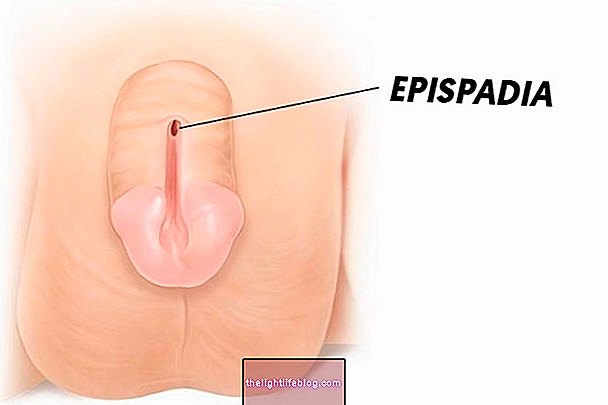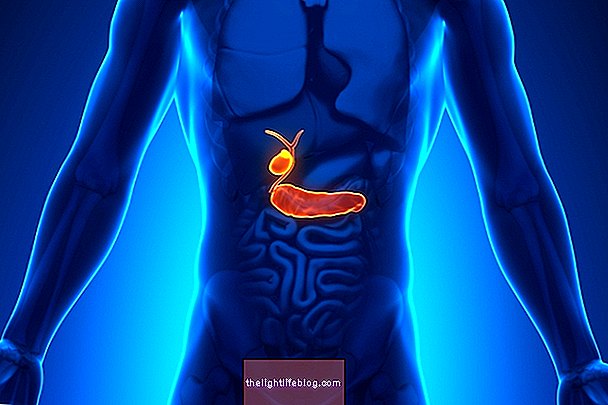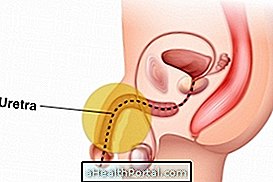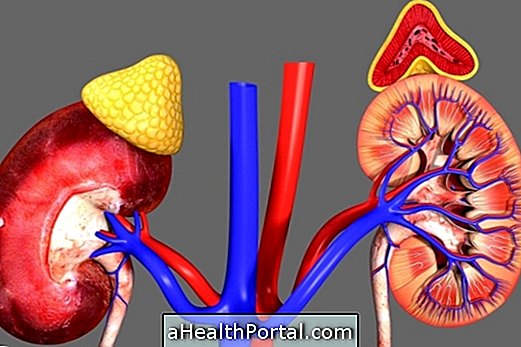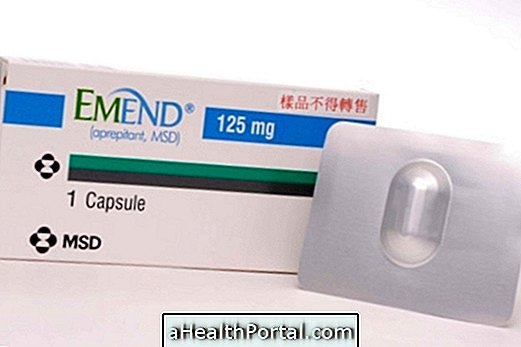Sclerosing cholangitis is a rare disease more common in men characterized by liver involvement due to inflammation and fibrosis caused by narrowing of the channels through which bile passes, which is a fundamental substance for the digestive process, which can lead, in some cases , to the appearance of some symptoms, such as excessive tiredness, yellow skin and eyes and muscle weakness.
The causes of cholangitis are still not very clear, however it is believed that it may be related to autoimmune factors that can lead to progressive inflammation of the bile ducts. According to the origin, sclerosing cholangitis can be classified into two main types:
- Primary sclerosing cholangitis, in which the alteration started in the bile ducts;
- Secondary sclerosing cholangitis, in which the alteration is a consequence of another alteration, such as a tumor or trauma to the site, for example.
It is important that the origin of cholangitis is identified so that the most appropriate treatment can be indicated and, therefore, it is recommended to consult the general practitioner or hepatologist in order to indicate imaging and laboratory tests that allow the diagnosis to be concluded.

Symptoms of sclerosing cholangitis
Most cases of cholangitis do not lead to the appearance of signs or symptoms, and this change is only discovered during imaging tests. However, some people may experience symptoms, especially when it comes to sclerosing cholangitis, where there is a constant buildup of bile in the liver. Thus, the main symptoms that are indicative of cholangitis are:
- Excessive tiredness;
- Itchy body;
- Yellow skin and eyes;
- There may be chills fever and abdominal pain;
- Muscle weakness;
- Weight loss;
- Liver enlargement;
- Enlarged spleen;
- Emergence of xanthomas, which are lesions on the skin made up of fats;
- Itching.
In some cases, there may also be diarrhea, abdominal pain and the presence of blood or mucus in the stool. In the presence of these symptoms, especially if they are recurrent or constant, it is important to consult the general practitioner or hepatologist so that tests can be performed and appropriate treatment can be started.
Main causes
The causes of sclerosing cholangitis are not yet well established, however it is believed that it may be due to autoimmune changes or be related to genetic factors or infection by viruses or bacteria.
In addition, it is also believed that sclerosing cholangitis is related to ulcerative colitis, in which people with this type of inflammatory bowel disease were at greater risk for developing cholangitis.
How the diagnosis is made
The diagnosis of sclerosing cholangitis is made by the general practitioner or hepatologist through laboratory and imaging tests. Usually, the initial diagnosis is made through the results of tests that assess liver function, with changes in the amount of liver enzymes, such as TGO and TGP, in addition to an increase in alkaline phosphatase and gamma-GT. In some cases, the doctor may also request the performance of protein electrophoresis, in which increased levels of gamma globulins, especially IgG, can be seen.
To confirm the diagnosis, the doctor can request a liver biopsy and cholangiography, which is a diagnostic test that aims to assess the bile ducts and check the path from the bile from the liver to the duodenum, being possible to view any changes. Understand how cholangiography is done.
Treatment for sclerosing cholangitis
Treatment for sclerosing cholangitis is done according to the severity of the cholangitis and aims to promote symptom relief and prevent complications. It is important that treatment is started shortly after diagnosis to prevent disease progression and result in complications such as cirrhosis of the liver, hypertension and liver failure.
Thus, the use of a medication containing ursodeoxycholic acid, commercially known as Ursacol, may be indicated by the doctor, in addition to endoscopic treatment in order to reduce the degree of obstruction and favor the passage of bile. In the most severe cases of cholangitis, in which there is no improvement in symptoms with the use of drugs, or when the symptoms are recurrent, the doctor may recommend performing a liver transplant.
Was this information helpful?
Yes No
Your opinion is important! Write here how we can improve our text:
Any questions? Click here to be answered.
Email in which you want to receive a reply:
Check the confirmation email we sent you.
Your name:
Reason for visit:
--- Choose your reason --- DiseaseLive betterHelp another personGain knowledge
Are you a health professional?
NoMedicalPharmaceuticalsNurseNutritionistBiomedicalPhysiotherapistBeauticianOther
Bibliography
- BRAZILIAN SOCIETY OF HEPATOLOGY. Continuing medical education program: Primary sclerosing cholangitis. Available in: . Accessed on 28 Oct 2020
- HEPCENTRO. Primary Sclerosing Cholangitis. Available in: . Accessed on 16 Oct 2019
- BRAZILIAN SOCIETY OF HEPATOLOGY. Recommendations of the Brazilian Society of Hepatology for the Diagnosis and Treatment of Cholestatic Diseases and Autoimmune Hepatitis . Available in: . Accessed on 16 Oct 2019
- SIRPAL, Sanjeev; CHANDOK, Natasha. Primary sclerosing cholangitis: diagnosis and management challenges. Clinical and Experimental Gastroenterology. Vol 10; 2017: 10 265–273, 2017
- KARLSEN, Tom H et al. Primary sclerosing cholangitis - a comprehensive review. Journal of Hepatology. Vol 67. 1298-1323, 2017
- MSD MANUAL. Primary sclerosing cholangitis (CEP). Available in: . Accessed on 16 Oct 2019
